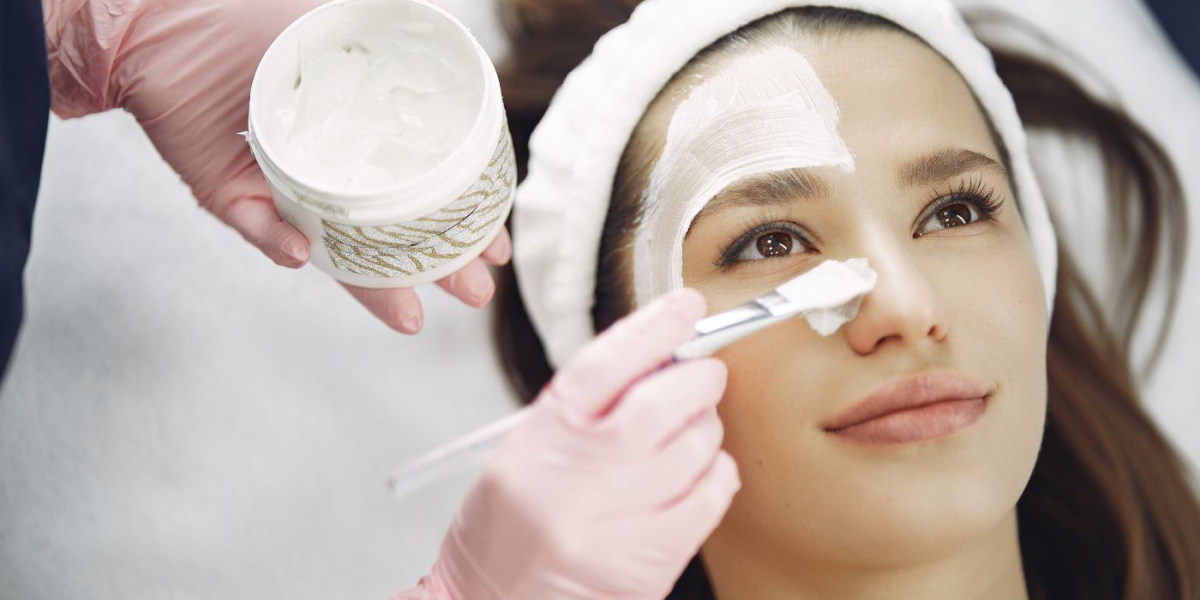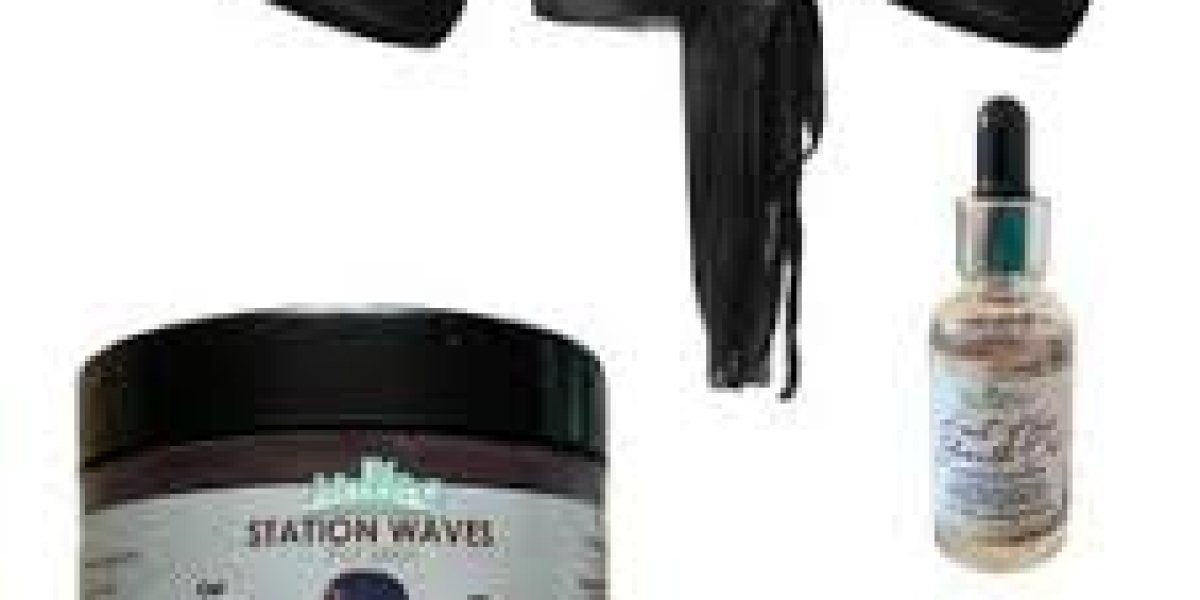A well-chosen facial mask can be a game-changer for your skincare routine. While they might feel like a luxury or an occasional treat, masks are actually powerful, results-driven tools that target specific concerns. Whether you’re dealing with dryness, clogged pores, uneven tone, or early signs of aging, the right mask can deliver concentrated benefits in just minutes. On the other hand, using the wrong formula can leave your skin irritated, stripped, or more sensitive than before.
This guide dives deep into the types of facial masks available, how they work, which ones are best for your skin type, and when it’s worth upgrading to a professional treatment at a trusted medical spa in Indianapolis.
How Facial Masks Work — The Science Behind the Glow
Unlike everyday skincare products, masks are designed to stay on your skin longer, allowing high-performance ingredients to penetrate more effectively. Their base—whether clay, gel, cream, peel, sheet, or even LED—determines their primary action. Some work by drawing out impurities and excess oil, while others infuse hydration, resurface dull texture, or calm redness and inflammation.
Think of them as a “booster” for your regular skincare regimen. While masks don’t replace essentials like cleansing, moisturizing, or SPF, they can give your skin the extra attention it needs in specific areas.
Types of Facial Masks and Their Benefits
1. Clay and Charcoal Masks — Oil Control and Detox
Clay masks, often made from bentonite or kaolin, and charcoal-based masks are excellent for oily or congested skin. They absorb excess sebum, help unclog pores, and reduce shine. These are ideal for people with blackheads, breakouts, or oily T-zones. To prevent dryness, many modern formulas include soothing ingredients like aloe vera, chamomile, or niacinamide.
Best for: Oily, acne-prone, or combination skin prone to congestion.
2. Hydrating and Cream Masks — Deep Moisture and Repair
Hydration masks, including cream formulas and serum-soaked sheet masks, deliver intense moisture and help restore the skin barrier. They often contain humectants like hyaluronic acid and glycerin, which draw water into the skin, leaving it plump and soft. Overnight masks, in particular, can lock in hydration while you sleep.
Best for: Dry, dehydrated, or post-treatment skin.
3. Exfoliating Masks — Brightening and Smoothing
Exfoliating masks use chemical ingredients like alpha hydroxy acids (AHAs), beta hydroxy acids (BHAs), or natural enzymes from papaya and pumpkin to dissolve dead skin cells. This not only improves texture but also allows your other skincare products to work more effectively. AHAs are great for brightening and smoothing, while BHAs penetrate deeper to unclog pores. These are powerful treatments—so follow directions carefully to avoid irritation.
Best for: Dull, uneven, or rough skin; acne-prone skin with clogged pores.
4. Peel-Off Masks — A Word of Caution
Peel-off masks can be satisfying to use but are often too harsh for sensitive skin. Removing them can strip away natural oils and compromise the skin barrier. If you love the peel-off experience, look for gentler versions with hydrating or soothing ingredients.
Best for: Occasional use on normal to oily skin that isn’t easily irritated.
5. Overnight and Leave-On Masks — Extended Benefits
These masks are designed for long wear, typically overnight, to deliver active ingredients slowly while you sleep. They often contain a blend of hydrating agents, antioxidants, and peptides. Since they don’t require rinsing until morning, they’re convenient and effective for boosting results.
Best for: Busy schedules, dry skin, or anyone wanting a “set it and forget it” skincare step.
6. Tech-Enhanced Masks — LED and Device-Assisted Treatments
LED light therapy masks, temperature-controlled devices, and other tech-driven tools are becoming increasingly popular both at home and in professional settings. Red light can help boost collagen production, while blue light targets acne-causing bacteria. Used consistently, these devices can deliver visible improvements, especially when paired with professional treatments.
Best for: Anti-aging support, acne treatment, and enhanced professional skincare results.
Choosing the Right Mask for Your Skin Type
Oily or Acne-Prone Skin
Look for clay, charcoal, or sulfur-based masks to absorb oil and target blemishes. Salicylic acid is especially effective for clearing pores and preventing new breakouts. Limit use to 1–2 times per week to avoid over-drying.
Dry or Dehydrated Skin
Opt for cream masks rich in hyaluronic acid, ceramides, and nourishing oils. Sheet masks can be a quick, affordable way to boost hydration mid-week or after a long day.
Sensitive or Rosacea-Prone Skin
Seek out calming masks with ingredients like oat extract, chamomile, or aloe vera. Avoid high-fragrance products and strong acids.
Combination Skin
Consider “multi-masking” — using different masks on different areas of your face. For example, apply clay to the oily T-zone and a hydrating cream to the cheeks.
Mature Skin
Choose masks with gentle exfoliants like lactic acid, as well as peptides and antioxidants to promote cell renewal and improve elasticity.
Ingredients to Look For — and Avoid
Look for:
Hyaluronic acid (hydration)
Niacinamide (brightening, calming)
Ceramides (barrier repair)
Salicylic acid (oil control)
Lactic acid (gentle resurfacing)
Peptides (firming)
Avoid (or use with caution):
High concentrations of alcohol
Multiple strong acids in one session
Heavy fragrance
Harsh essential oils on sensitive skin
When to Consider a Professional Treatment
For stubborn concerns like persistent acne, deep-set pigmentation, or uneven texture, visiting a medical spa Indianapolis can be a smart investment. Professional-grade masks, chemical peels, Hydrafacials, and LED therapy are performed under expert supervision for safer, faster results. Licensed providers can create a plan tailored to your unique skin needs, combining cutting-edge technology with well-proven formulas.
Real-World Case Study
A 38-year-old woman struggling with hormonal breakouts and uneven texture visited a medical spa for help. The esthetician created a month-long plan combining weekly gentle salicylic acid masks with Hydrafacial sessions. At home, she used a niacinamide serum and a hydrating overnight mask twice a week. After four weeks, she noticed fewer breakouts, reduced oiliness, and a smoother overall texture. This type of results-driven approach—combining professional treatments with targeted home care—often outperforms DIY masking alone.
How Often Should You Mask?
Clay masks: 1–2 times weekly
Hydrating masks: 2–3 times weekly or as needed
Exfoliating masks: Every 1–2 weeks (or less for sensitive skin)
LED masks: 3–5 short sessions per week for best results
Safety Tips for Masking
Always cleanse before applying a mask for better ingredient absorption.
Patch-test new products to check for sensitivity.
Avoid combining too many strong actives in one session.
Use sunscreen daily, especially after exfoliating masks.
If you have chronic skin issues, consult a professional first.
Final Thoughts
Facial masks aren’t just a pampering step—they’re a proven way to give your skin targeted care. Choosing the right mask for your needs, applying it at the right frequency, and pairing it with a consistent skincare routine can deliver noticeable improvements.
If you’re aiming for faster, more predictable, and longer-lasting results, visiting Body Lyft System in Indianapolis can take your skincare to the next level. Their experienced team offers advanced facial treatments, medical-grade masks, and personalized care plans designed to help you achieve your healthiest, most radiant skin.

















